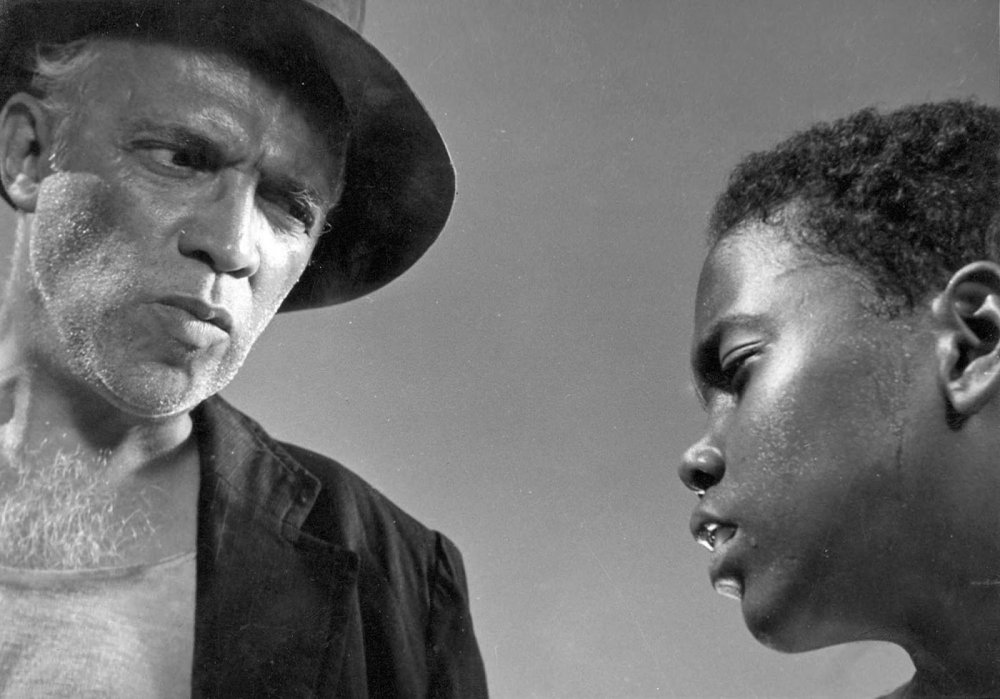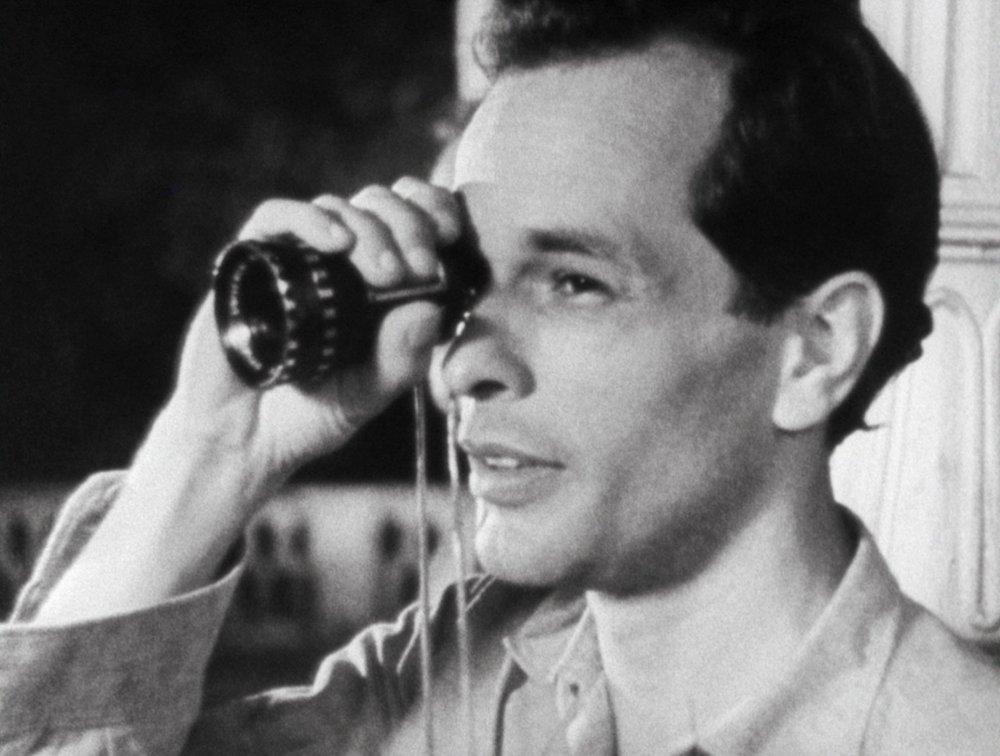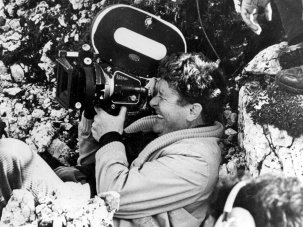A master who outlived the majority of his disciples, Nelson Pereira dos Santos represents the beginning and arguably the end of modernity in Brazilian cinema. Leading 1960s auteur Glauber Rocha wrote that dos Santos’s debut feature Rio 40 graus (Rio, 40 Degrees, 1955) was the “fertilisation point” of Cinema Novo, the movement that radicalised national filmmaking and would incorporate dos Santos himself with the slightly younger generation. His career spans six decades, a milestone in a country which has never produced a stable industrial filmmaking model.
Dos Santos emerged from privilege and as a young man was involved with the Brazilian radical left. His discovery of Italian neorealism proved a lasting influence on his work – and, remarkably, he was perhaps the last filmmaker working prolifically in the aughts to claim such a direct lineage.
An assistant on the mainstream Brazilian song and dance chanchadas, dos Santos was also drawn to newsreel filmmaking starting in the late 1940s. The confluence of the two genres lead him to the docu-realistic Rio 40 Graus. Breaking from classical representation, the film and its subsequent spiritual sequel Rio Zona Norte (1957) – which tipped heavily to the commercial chanchada form – set the tone for films dealing with poor and marginal communities in Brazil.

Rio 40 graus (Rio, 40 Degrees, 1955)
Dos Santos’s next phase, departing from neorealism and plunging into a counter-cinema style, was one of unrivaled ambition: adapting some of the most challenging Brazilian literary works of the 19th and early 20th century to the screen. The result of this period continues to be staggering: the austere migrant tale Vidas Secas (Barren Lives, 1962), based on the same-name work by Graciliano Ramos; Azyllo Muito Louco (The Alienist, 1970), a transformation of Machado de Assis’s political allegory into veiled commentary of Brazil’s then-military regime; Como Era Gostoso O Meu Francês (How Tasty Was My Little Frenchman, 1971), which takes as its primary source the foundational Anthropophagic Manifesto by cultural cannibalist Oswald de Andrade; and Memórias do Cárcere (Memories of Prison, 1984), which returned dos Santos to Ramos, this time tackling the author’s prison years as a communist dissident in 1930s Brazil (an experience that sharply resonated at the tail-end of Brazil’s second-wave dictatorship).

Como Era Gostoso O Meu Francês (How Tasty Was My Little Frenchman, 1971)
Dos Santos’s work encompasses much of the last 250 years of Brazilian history, in all of its forms. In the revival period of Brazilian film following a lengthy drought, the country’s most exported contemporary directors (Salles, Mereilles) seemed to have fully absorbed dos Santos’s example. And for the first time in his storied career, the director began to operate in a minor key, as a TV documentarian covering subjects as varied as Tom Jobim, the Portuguese language and, most presciently, political corruption.
-
The Digital Edition and Archive quick link
Log in here to your digital edition and archive subscription, take a look at the packages on offer and buy a subscription.









